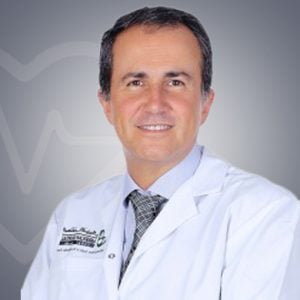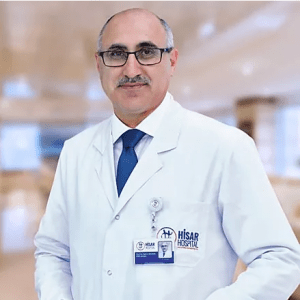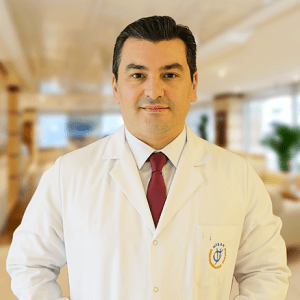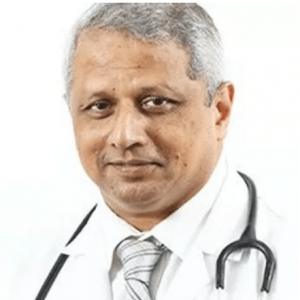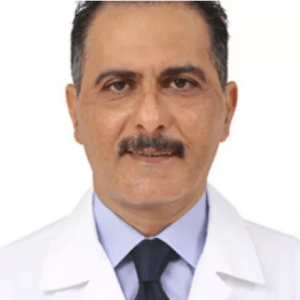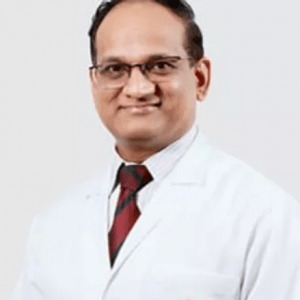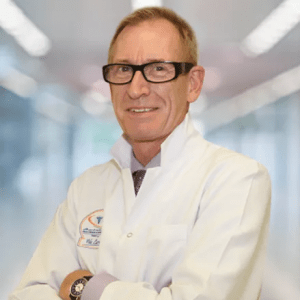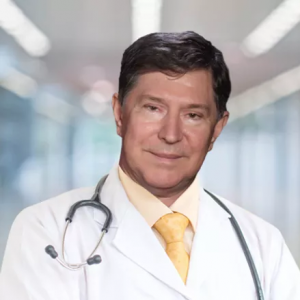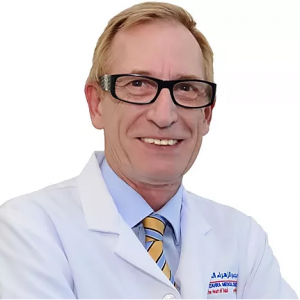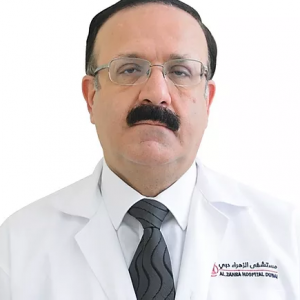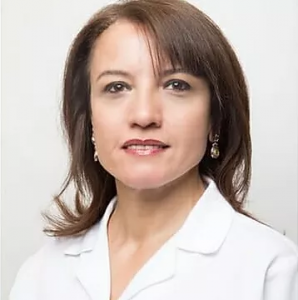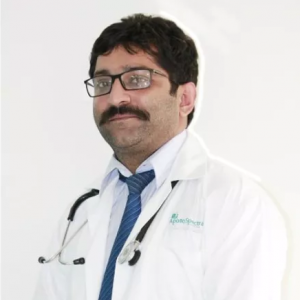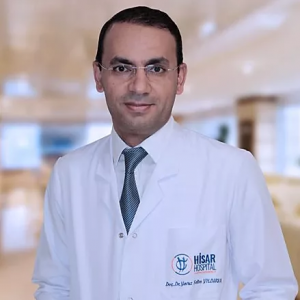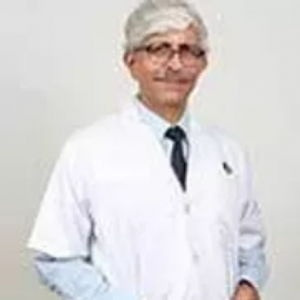Empty Nose Syndrome
Empty Nose Syndrome (ENS) is a very rare disorder that affects the nose and nasal passages. This disorder is very common among people who had nasal surgery like turbinectomy. Nose of the patient with the disorder can usually look devoid of normal tissue after the surgery. Normally people with the condition will have clear nasal passages but still experience a wide range of symptoms. The person with the empty nose syndrome has a nose that feels “stuffy” or “clogged” though the respective person’s nasal passages are wide open. It has been found out that time and increased drying out of the nasal passages also appears to worsen this sensation as well as other empty nose syndrome or ENS symptoms associated with it. Read More
Top Doctors For Empty Nose Syndrome Treatments
Top Hospitals For Empty Nose Syndrome Treatments
Empty Nose Syndrome
Empty Nose Syndrome Diagnosis and Treatment:
ENS or Empty Nose Syndrome have not been officially recognized to be a medical condition, however the below mentioned are the treatment procedures for the same:
Prior to the treatment:
- The person’s normal massage passage airflow is tested by the doctor prior to the treatment
- Overall respiratory health of the patient will also be evaluated
- ENT specialists will then diagnose the patient with the symptoms by checking the turbinate damage especially on a CT scan
During the treatment:
- Empty nose syndrome turbinate reduction surgery or surgical implantation to increase turbinate size to rise the air pressure in the nasal passage
- Implanting of tissues or some other material in other areas of the nose
- Platelet-rich plasma injections is also a viable option that doctor suggests though it is under research
Prognosis, Post-treatment and Recovery:
- Moisturizing the passage of the nose regularly
- Usage of humidifier at home
- Nasal antibiotic applications in order to kill bad bacteria
- Application of hormonal creams to increase turbinate tissue size in nose
- Consuming Viagra or sildenafil as well as other phosphodiesterase inhibitors in order to increase nasal congestion
- Salt water or saline rinses as well as petroleum jelly (eg: Vaseline) are advised to be taken in order to protect the lining of the lower nose especially from drying
- Nasal steroid sprays are advised by the doctor to be taken in order to reduce the swelling in other parts of the nose
- Ipratropium bromide nasal spray are also advised to be taken to reduce excess dripping
General outlook on empty nose syndrome
- The general outlook on empty nose syndrome normally varies according to individuals. Mainly since the cases of ENS can be very difficult to diagnose and treat
- The person’s quality of life can be very much increased by controlling the symptoms of the patient with the disorder as much as possible
- Frequent checkups with the ENT specialists will help the patient with the disorder help relieve mental stress as well as anxiety that arises with the disorder
Empty Nose Syndrome Suicide:
It has come to the highlight that in the early 2000s, ENT specialists began addressing this condition or disorder as they noticed the pattern in people showing “Empty Nose Syndrome” symptoms. It’s found that some people were so distraught with their difficulty to breathe properly that they attempted suicide.
Symptoms
These are few of the symptoms of empty nose syndrome:
- Breathing difficulty
- Recurrent sensation of drowning
- Breathlessness
- Headaches
- Nasal crusting and dryness
- Nosebleeds
- Dizziness
- Reduced smell or taste
- Low airflow
- Frequent tiredness
- Sleep disorders due to low airflow
- Fatigue
- Feeling irritated
- Depressed or anxious
Causes
Though Empty Nose Syndrome (ENS) remains controversial, these are few of the causes that research tells:
- Triggered by body sensing varied pressure levels
- Temperature changes in each of the nasal cavities
- Turbinate reduction in people
- Septoplasty in people
- Surgery believed to disrupt the receptors and cause ENS
FAQ
1. Is there an empty nose syndrome cure?
Empty Nose Syndrome or ENS doesn’t have any definitive cure for its symptoms till date.
2. What are the chances of getting empty nose syndrome?
The condition though rare and controversial, some estimates still say that 1 in 1,000 people who have had turbinate surgery have chances of getting ENS.
3. What is empty nose syndrome turbinate reduction?
Turbinates are something that provides airway resistance in order to inform the brain that air is traversing the nose especially to sustain life. Turbinate reduction is a surgical procedure where a needle-like instrument is inserted into the turbinate to reduce the size of it in order to improve the airflow through the nose.
4. What does empty nose syndrome feel like?
Your nose feels stuffy or clogged even though the nasal passages are wide open.
5. How common is empty nose syndrome?
Though rare, empty nose syndrome is most common among people who have had nasal surgery like turbinectomy.
6. Can a person submit a medical lawsuit for empty nose syndrome malpractice?
Empty nose syndrome lawsuit or medical lawsuit can be filed for medical negligence if the symptoms of ENS emerge right after surgery.
7. Is there any empty nose syndrome death?
ENS was first medically identified in the year 1994 in two patients suffering from the condition. That they were so tortured by it, that they committed suicide.
8. Did Michael Jackson have empty nose syndrome?
It was found that Michael Jackson who was known for getting repeated and extreme nose surgeries, might have suffered from empty nose syndrome or ENS according to a doctor who treated him.








